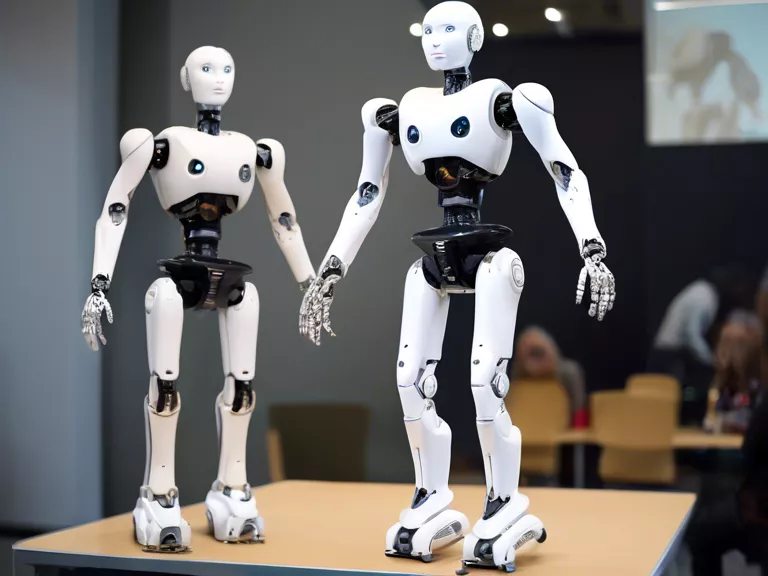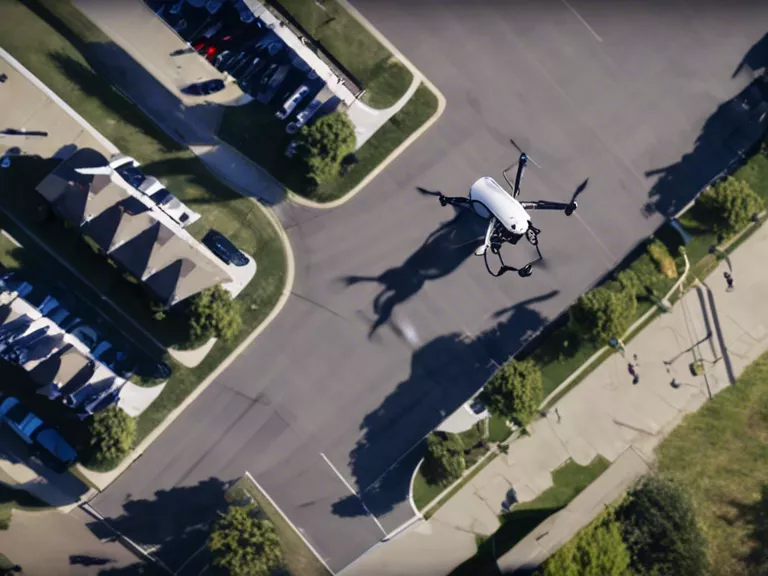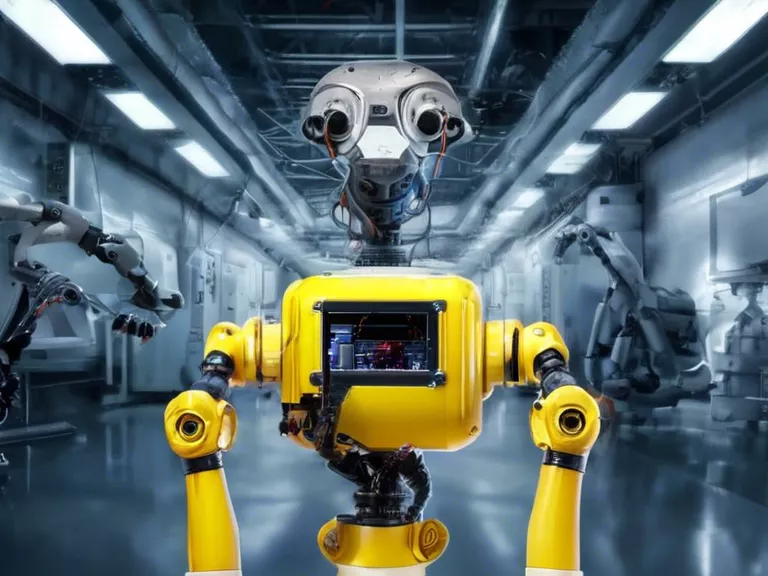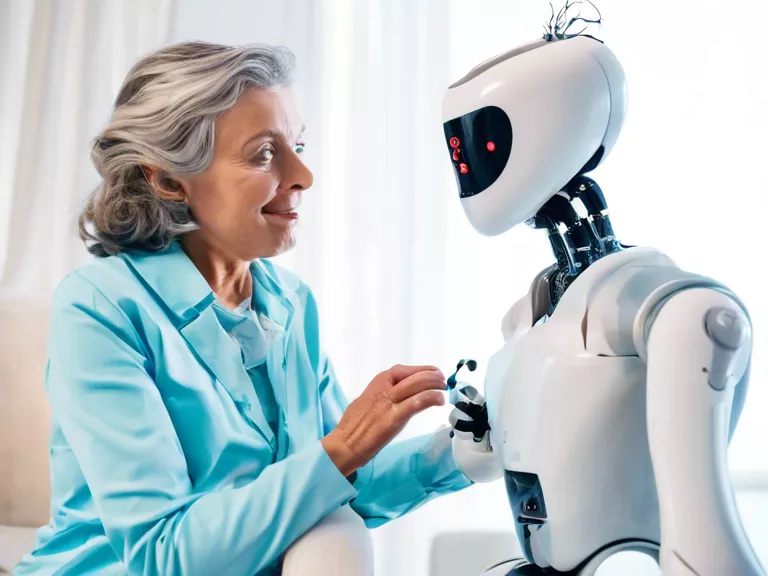
The Future of Humanoid Robots: Balancing Functionality with Human-Like Interaction
In recent years, advancements in technology have led to a surge in the development of humanoid robots. These robots, designed to resemble human beings in both appearance and behavior, are being utilized in various industries such as healthcare, retail, and entertainment. However, as these robots become more prevalent in society, there is a growing need to strike a balance between their functionality and their ability to interact with humans in a natural and empathetic manner.
One of the key challenges in designing humanoid robots is creating realistic facial expressions and gestures that can convey emotions effectively. Research in the field of human-robot interaction has shown that humans are more likely to trust and engage with robots that exhibit human-like behaviors. This includes the ability to maintain eye contact, respond to verbal cues, and show empathy in their interactions.
Another important aspect of developing humanoid robots is ensuring that they are functional and efficient in completing tasks. Whether it's assisting with healthcare procedures, providing customer service in a retail setting, or performing tasks in a manufacturing environment, robots need to be reliable and accurate in their actions. This requires advanced sensors, artificial intelligence algorithms, and precise mechanical components.
To achieve a balance between functionality and human-like interaction, designers and engineers need to collaborate closely with experts in psychology and social sciences. Understanding human behavior, emotions, and communication styles is crucial in creating robots that can effectively interact with humans in a wide range of settings. Additionally, incorporating feedback from end-users and conducting user studies can help identify areas for improvement and enhance the overall user experience.
As we look towards the future of humanoid robots, it is clear that there is immense potential for these machines to revolutionize various industries and improve the quality of life for people around the world. By focusing on both functionality and human-like interaction, we can create robots that not only perform tasks efficiently but also connect with humans on a deeper level, ultimately enhancing our daily lives in ways we never thought possible.



